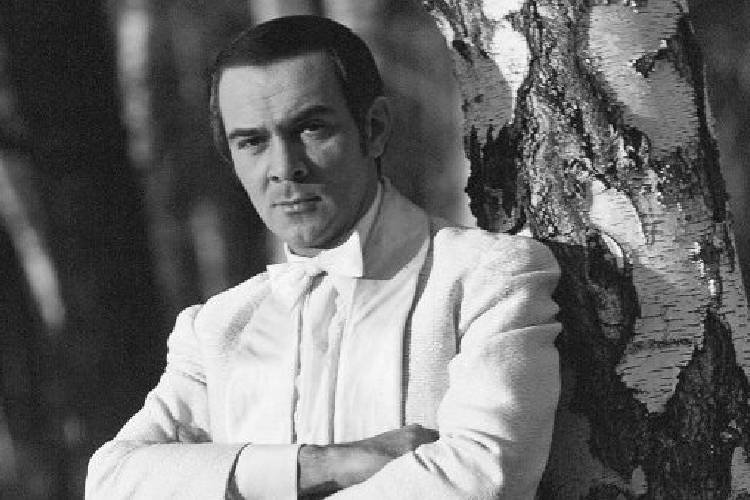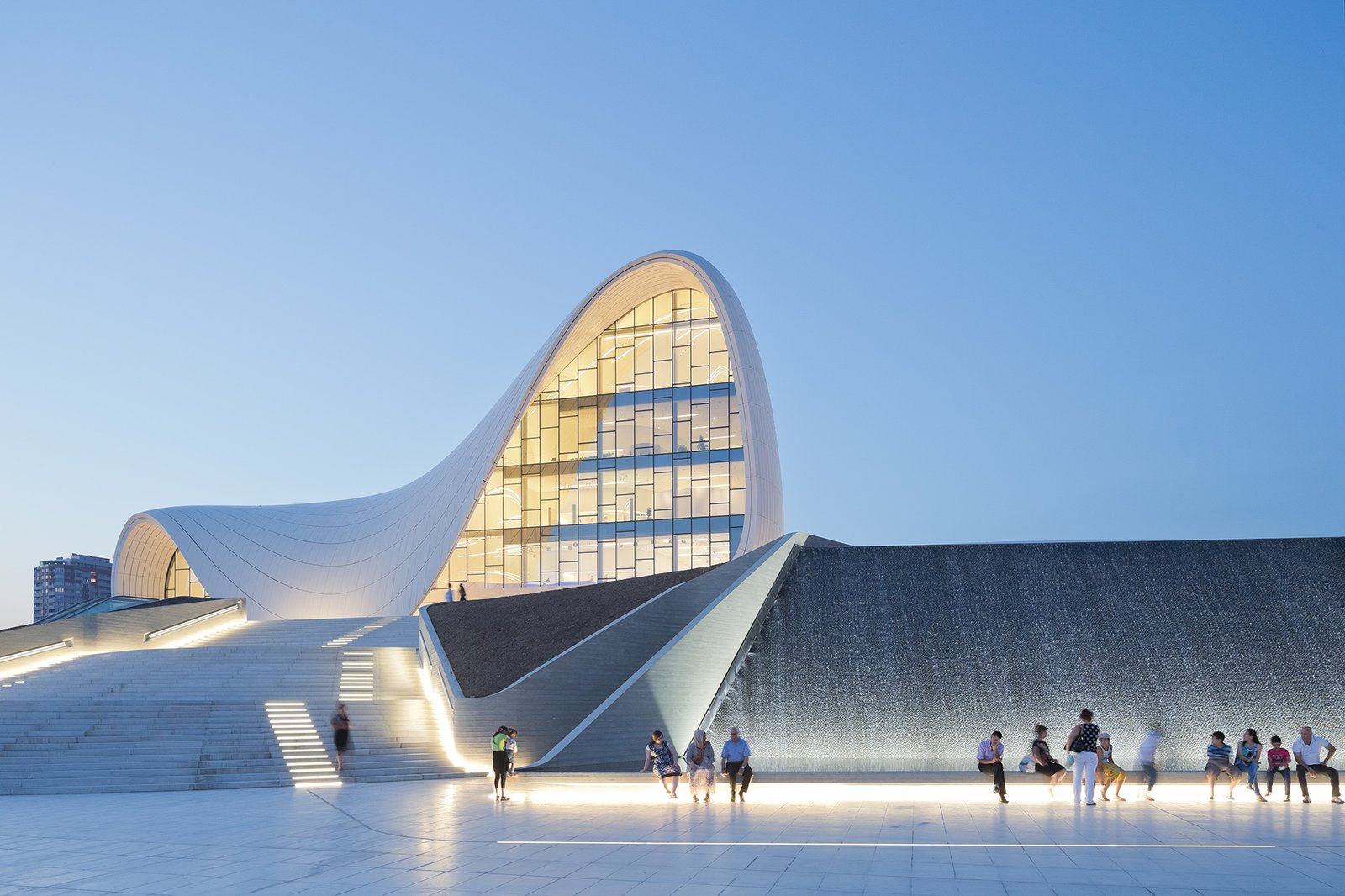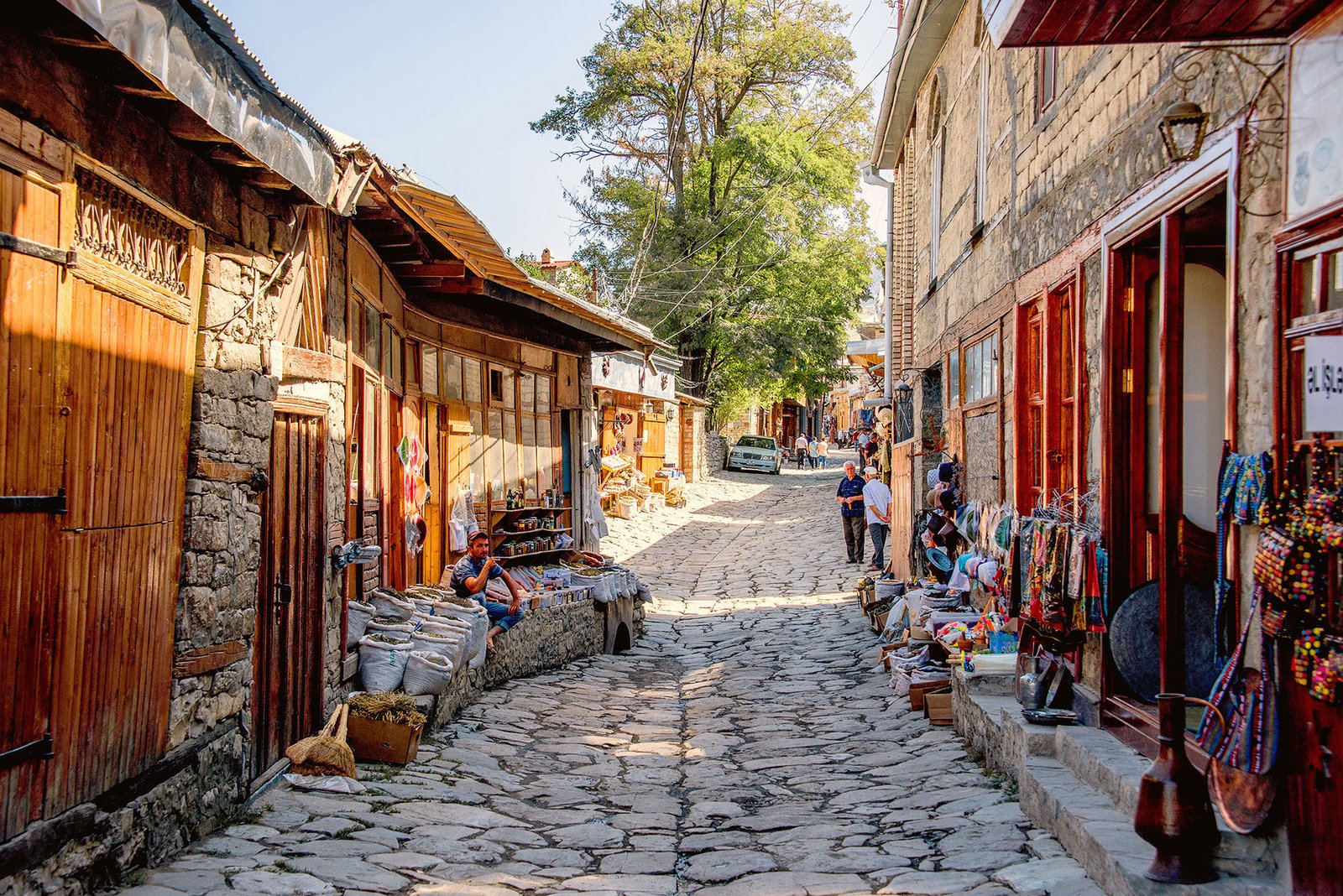How Is the Weather in Baku? Everything a Traveler Should Know
Baku, the capital of Azerbaijan, is often imagined as a warm, sunny, and welcoming city. Colorful postcards, social media reels, and travel videos all paint the picture of a perfect southern getaway. But how is the weather in Baku really? Let’s take a closer look to help you plan a comfortable and unforgettable trip.
Baku’s Climate: What to Expect Throughout the Year
Located on the southern shore of the Absheron Peninsula, along the Caspian Sea coast, Baku enjoys a semi-arid subtropical climate. This results in warm, dry summers and mild winters, making Baku a desirable destination in any season.

Spring (March to May) is ideal for sightseeing and walking tours. Temperatures gradually increase from about +10°C in March to approximately +25°C by May.
Summer (June to August) is the ideal season for those who enjoy beach vacations. Air temperatures generally range between +28–33°C, and the Caspian Sea warms up to a pleasant +25°C.
Autumn (September to November) offers a gentle transition with warm days and swimmable sea temperatures, especially in September.
Winter (December to February) is mild, with daytime temperatures typically between +4–8°C. Snow is rare, but the wind can make it feel colder.
Windy Baku: A City Shaped by the Breeze
One of the most distinctive features of Baku is its windy weather. The city is famously known for its constant breezes, which are part of its charm and identity.
Khazri is a cold north wind from the Caspian that brings refreshing air during hot summer days.
Gilavar is a warm southern wind that softens the chill during winter.
During the summer, wind speeds are usually around 6–12 km/h, providing a cooling effect. In winter, however, winds can reach up to 36–38 km/h, making the weather feel much colder than it actually is.
Beach Season in Baku
How is the weather in Baku for a beach vacation? The best time for swimming and sunbathing is from mid-June to September, when sea temperatures reach +24–26°C. Popular beaches like Shikhov, Bilgah, and Zagulba become vibrant spots filled with both locals and tourists. Surprisingly, some visitors even enjoy swimming in October, when the water drops below 20°C.

Gobustan: Cooler and Full of Surprises
Looking to explore beyond the city? Head to Gobustan, located about 60 km from Baku. Famous for its mud volcanoes and ancient petroglyphs, this area is typically 2–4°C cooler than Baku. The wind here feels even stronger, adding a fresh and adventurous twist to the experience.
Practical Tips for Travelers
Sun protection is essential during the summer. Pack a high-SPF sunscreen (SPF 50 recommended), sunglasses, and a wide-brimmed hat.
Dress appropriately for the season — you can easily get sunburned or chilled depending on the time of year.
Check the weather forecast, especially if you plan day trips to places like Gobustan or the Absheron beaches.
Conclusion: Baku — A City Where Weather Has Character
So, how is the weather in Baku? In short — diverse and full of surprises. It’s a city where heat meets sea breeze, and the sun competes with the wind. This unique climate is what gives Baku its distinctive charm and makes it a fascinating destination to visit in any season.
Plan your trip, follow our blog, and discover the true spirit of Azerbaijan’s dynamic capital on travelblogger.az!







.jpg)




Comments
No comments yet.
Leave a Comment